Stones Glued On Top Of Soil: How To Remove Rocks From Potted Plants
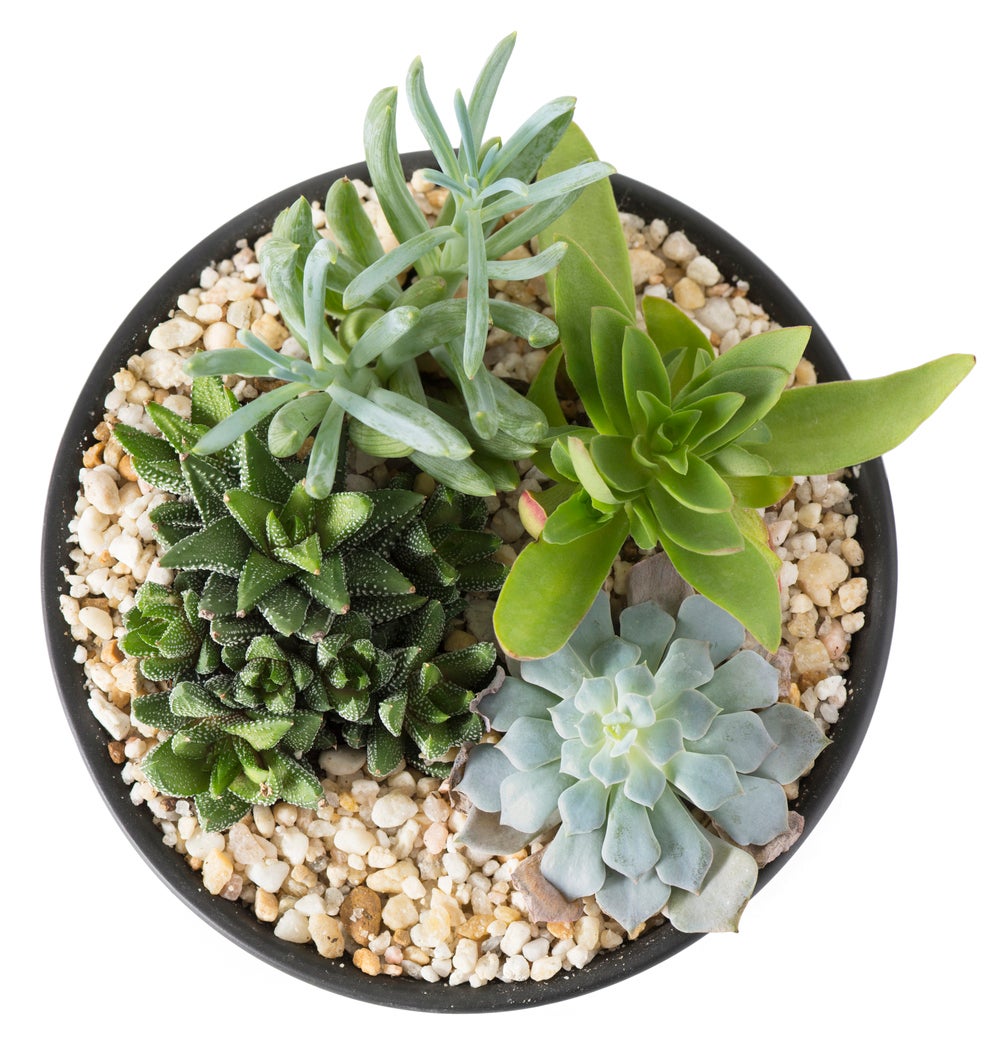

Larger retailers of common plants often have stock with stones glued on top of soil. The reasons for this vary, but the practice can be damaging to the plant in the long term. A plant with glued on rocks may suffer as it grows, evaporation is reduced, and the ability to take in moisture can be impaired. Just how to remove rocks from potted plants without damaging the trunk or roots though? Keep reading for some tips on getting rocks glued to soil off without harming the plant.
Are Rocks Glued to Soil Okay?
Why, why, why, is my question. Apparently, basic plant retailers find gluing rocks to the top of the container and soil a method to reduce soil loss during transport. They may also do it as an aesthetic practice. Either way you may wonder, “should I remove glued down rocks in my plants?” That may depend upon the type of plant and whether it needs transplanting.
A succulent or gift plant with glued on rocks is a common occurrence. Sometimes, the glue used is short lived or water soluble and will dissolve over time, leaving the loose rocks as a mulch or decorative touch.
Cacti and succulents often come with colored pebbles on the surface of the soil and this helps prevent excess moisture. However, plants that need repotting every year or two should never retain the glued rocks. They can limit trunk and stem growth, cause rots, and attract too much heat to the soil. Additionally, water may have trouble penetrating the gluey mess, leaving the plant too dry and oxygen unable to get into soil for roots to access.
How to Remove Rocks from Potted Plants
Most plants can tolerate a good soak for several hours. Try setting the containerized plant in a bucket of water and see if the glue will dissolve. If that fails, you will have to gently chip the rock away from the surface of the soil.
If you can get an area to crack, sometimes the pieces will fall away easily. Otherwise, use pliers and, starting at the edge, pry away the rocks, taking care not to damage the plant. A flat head screwdriver or knife provides further assistance.
Alternatively, it may be possible to un-pot the plant, remove the soil and the layer of rock and glue will come away with it. After the rocks have been removed, it might be a good idea to change the soil in the container in case the glue contaminated it in some way.
Gardening tips, videos, info and more delivered right to your inbox!
Sign up for the Gardening Know How newsletter today and receive a free copy of our e-book "How to Grow Delicious Tomatoes".
You can certainly use those small pebbles and rocks as a mulch over the surface of the soil but avoid stones glued on top of soil. Instead, keep the soil level just below the surface of the lip of the container and then spread a light layer of rock on top. This will make the display look professional but will still allow water and air to penetrate.
Another professional touch might be moss. This is often used around bonsai trees to make them look more natural. Rocks or pebbles are common in succulents, bonsai plants, and exotics like money trees, but they should have some movement and let in oxygen, so liberating a plant with glued rocks will enhance its health and happiness.

Bonnie Grant is a professional landscaper with a Certification in Urban Gardening. She has been gardening and writing for 15 years. A former professional chef, she has a passion for edible landscaping.
-
 How To Grow Seeds Quickly: 8 Expert Tricks For Fast Flowers & Crops
How To Grow Seeds Quickly: 8 Expert Tricks For Fast Flowers & CropsIt's never too late to start growing! Jump-start your flower or vegetable garden with these pro tips and tricks for germinating seeds in record time.
By Amy Grant
-
 8 Perfect Flowers To Plant With Tomatoes To Boost Yields & Banish Pests
8 Perfect Flowers To Plant With Tomatoes To Boost Yields & Banish PestsDon’t forget flowers when choosing companion plants for your tomato beds or pots. These pretty, fragrant blooms add beauty but are also highly beneficial.
By Mary Ellen Ellis
-
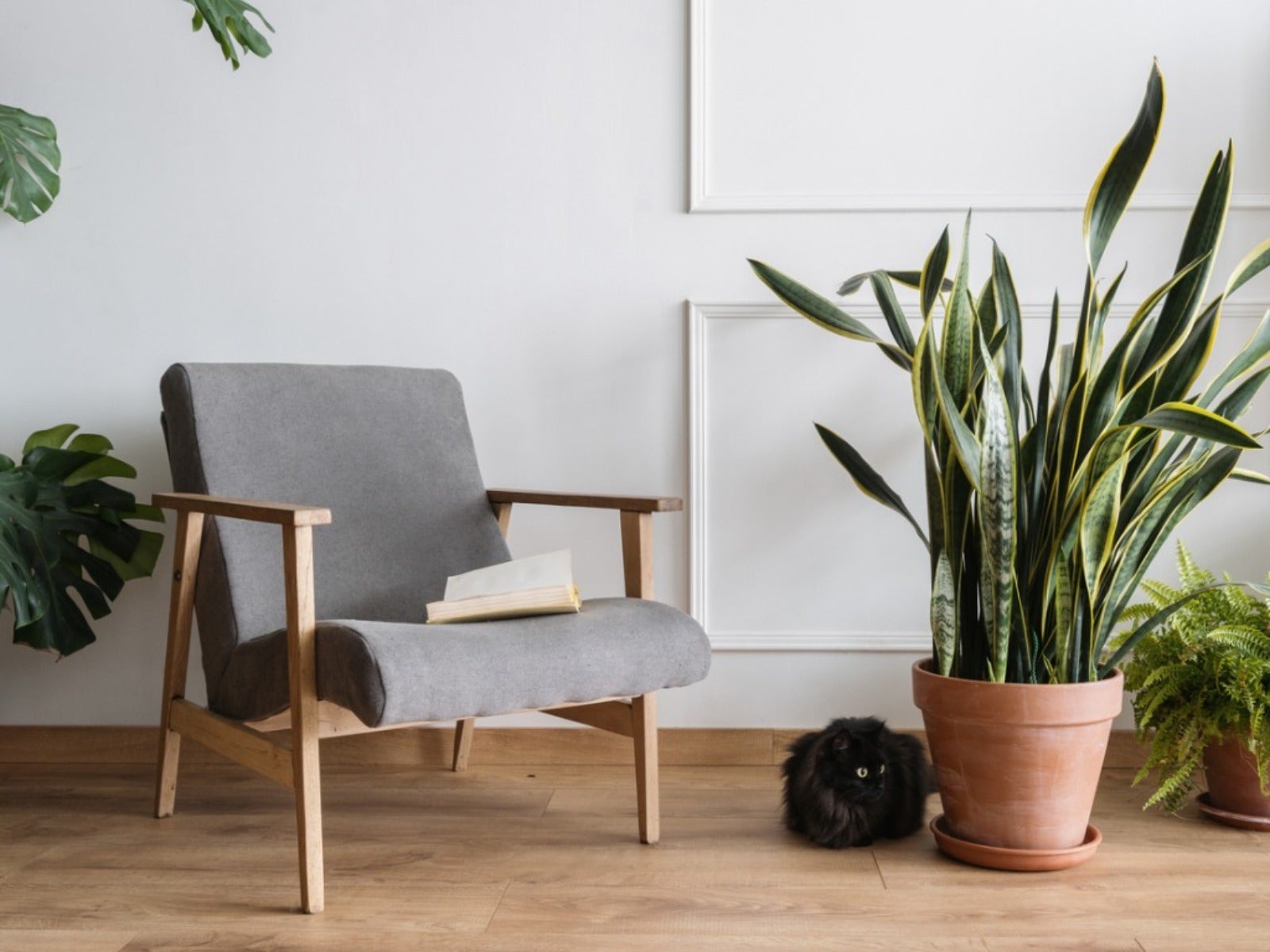 8 Easy Care Houseplants That Live A Long Time
8 Easy Care Houseplants That Live A Long TimeClick here to learn about our 8 favorite low maintenance houseplants that can, with proper care, live a long time.
By Amy Grant
-
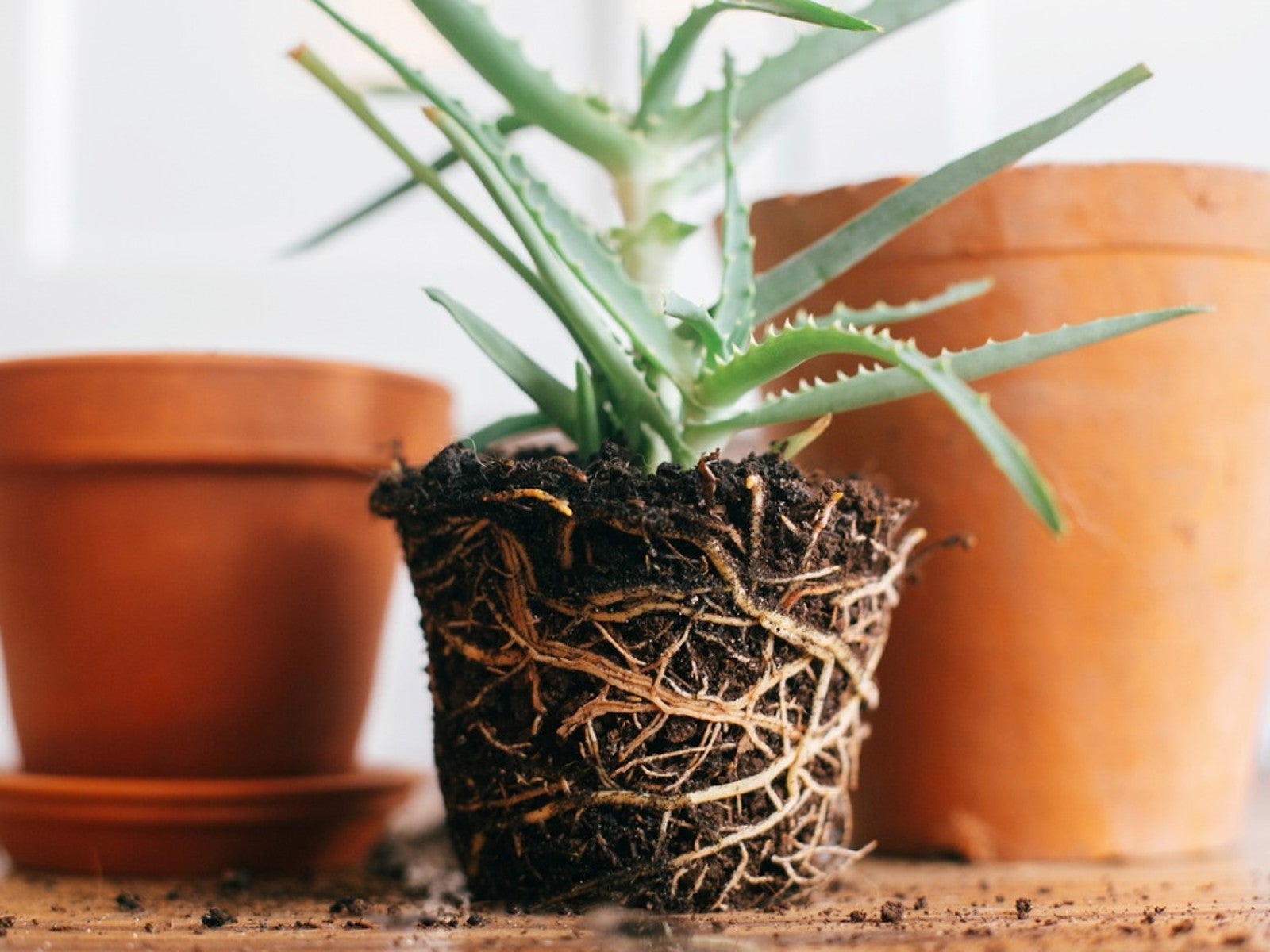 How Often Should You Repot Plants?
How Often Should You Repot Plants?Escaping roots and shrinking leaves may mean your plant wants a new pot, but some like staying cramped and cozy.
By Mary Ellen Ellis
-
 Orange Flowering Houseplant Varieties With Tropical Flair
Orange Flowering Houseplant Varieties With Tropical FlairClick here to learn about some cheerful orange-blooming houseplants you can try growing.
By Mary Ellen Ellis
-
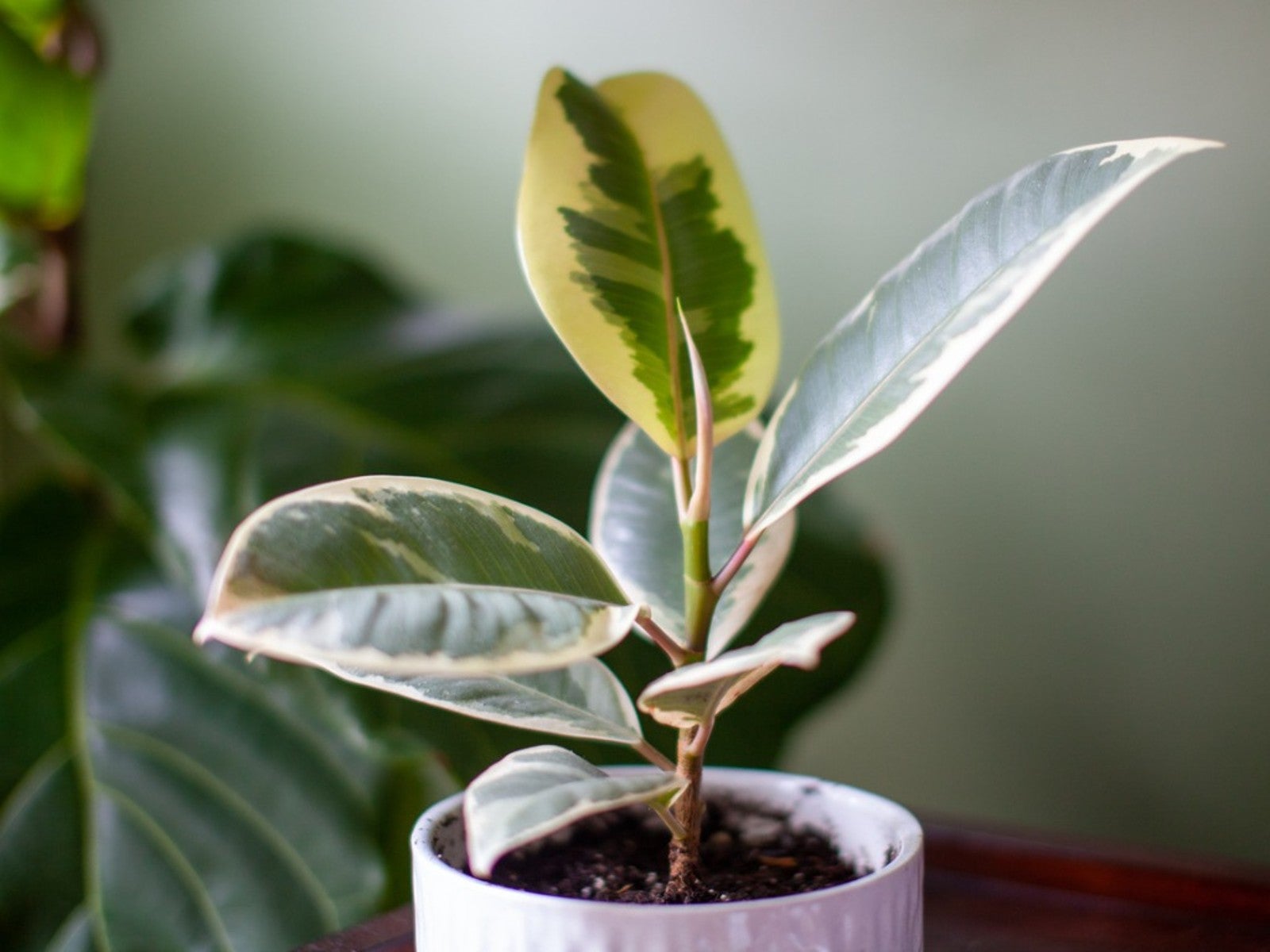 Variegated Houseplants With Lovely Leaves
Variegated Houseplants With Lovely LeavesWhat are some of the best variegated houseplants to add to your collection? Click here to find out.
By Amy Grant
-
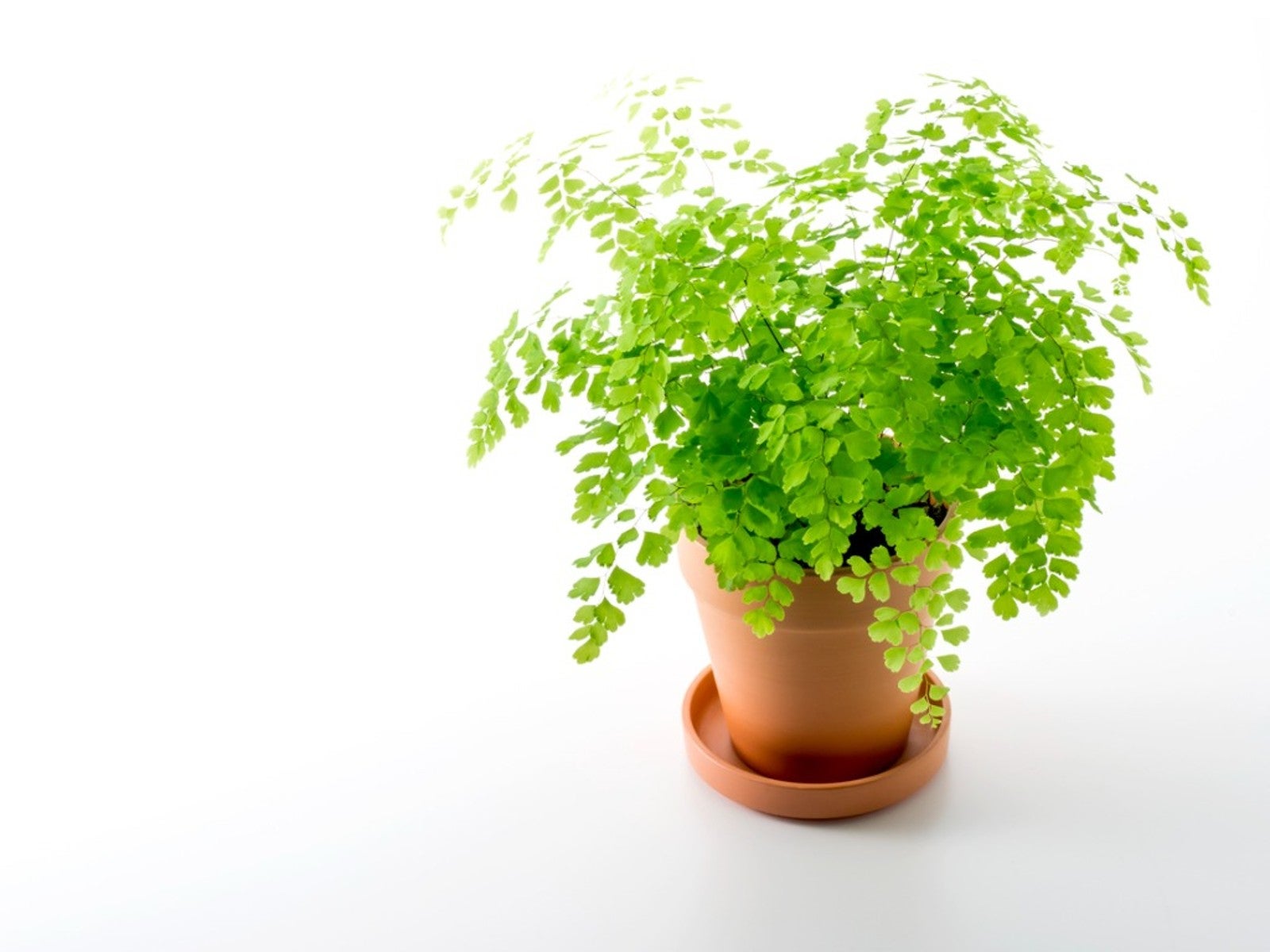 Lovely, Lacy Indoor Foliage Plants
Lovely, Lacy Indoor Foliage PlantsClick here to learn about some houseplants with lacy foliage to add to your collection.
By Mary Ellen Ellis
-
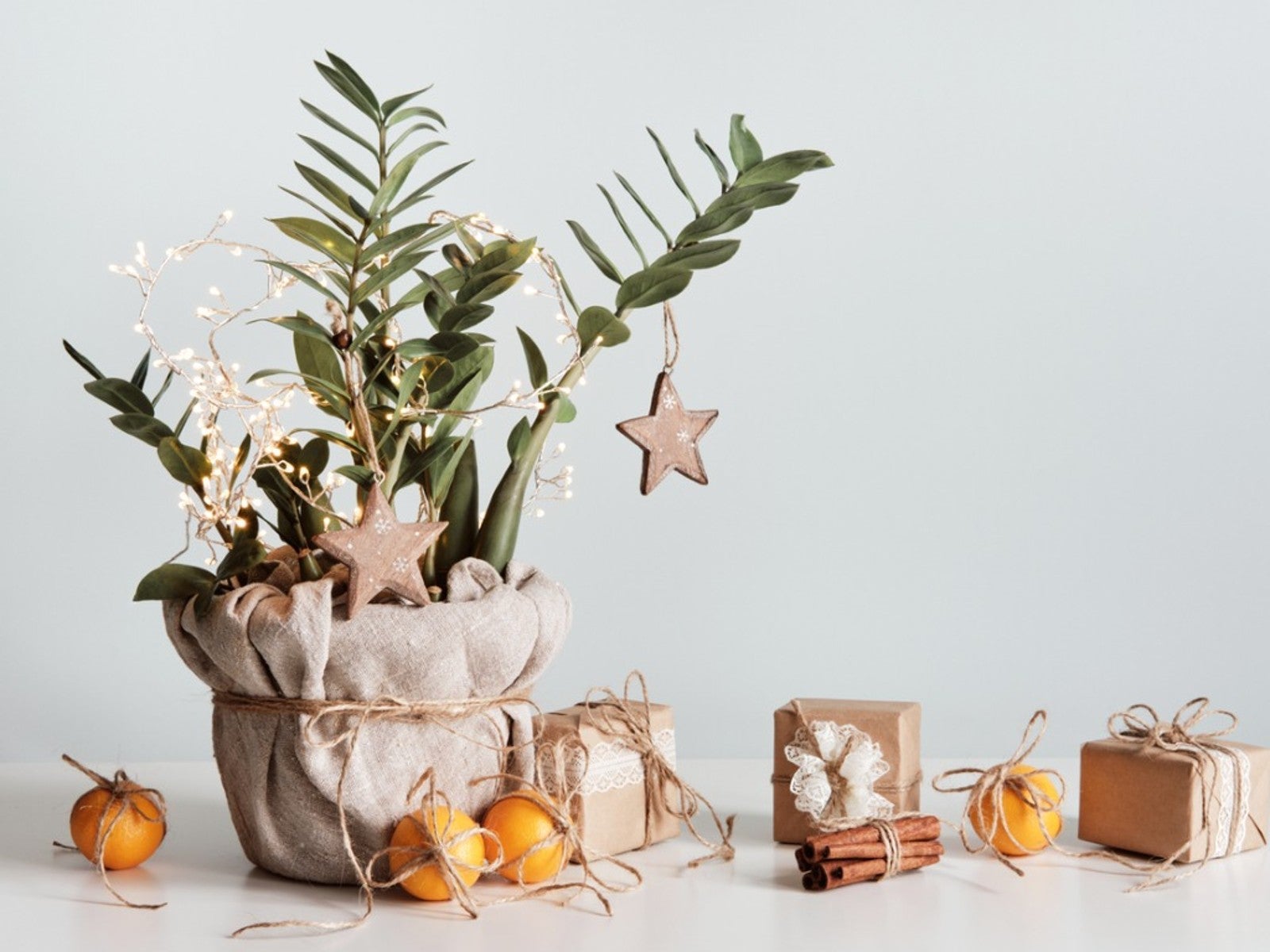 Best Christmas Houseplants And Plants For Winter Holidays
Best Christmas Houseplants And Plants For Winter HolidaysClick here for an idea of the best houseplants to use for holiday décor for Christmas, Hanukkah, Kwanzaa, and New Year’s.
By Laura Miller
-
 Best Big Houseplants To Create An Indoor Oasis
Best Big Houseplants To Create An Indoor OasisIf you have the space you may want to grow some large houseplants. Here are some ideas.
By Mary Ellen Ellis
-
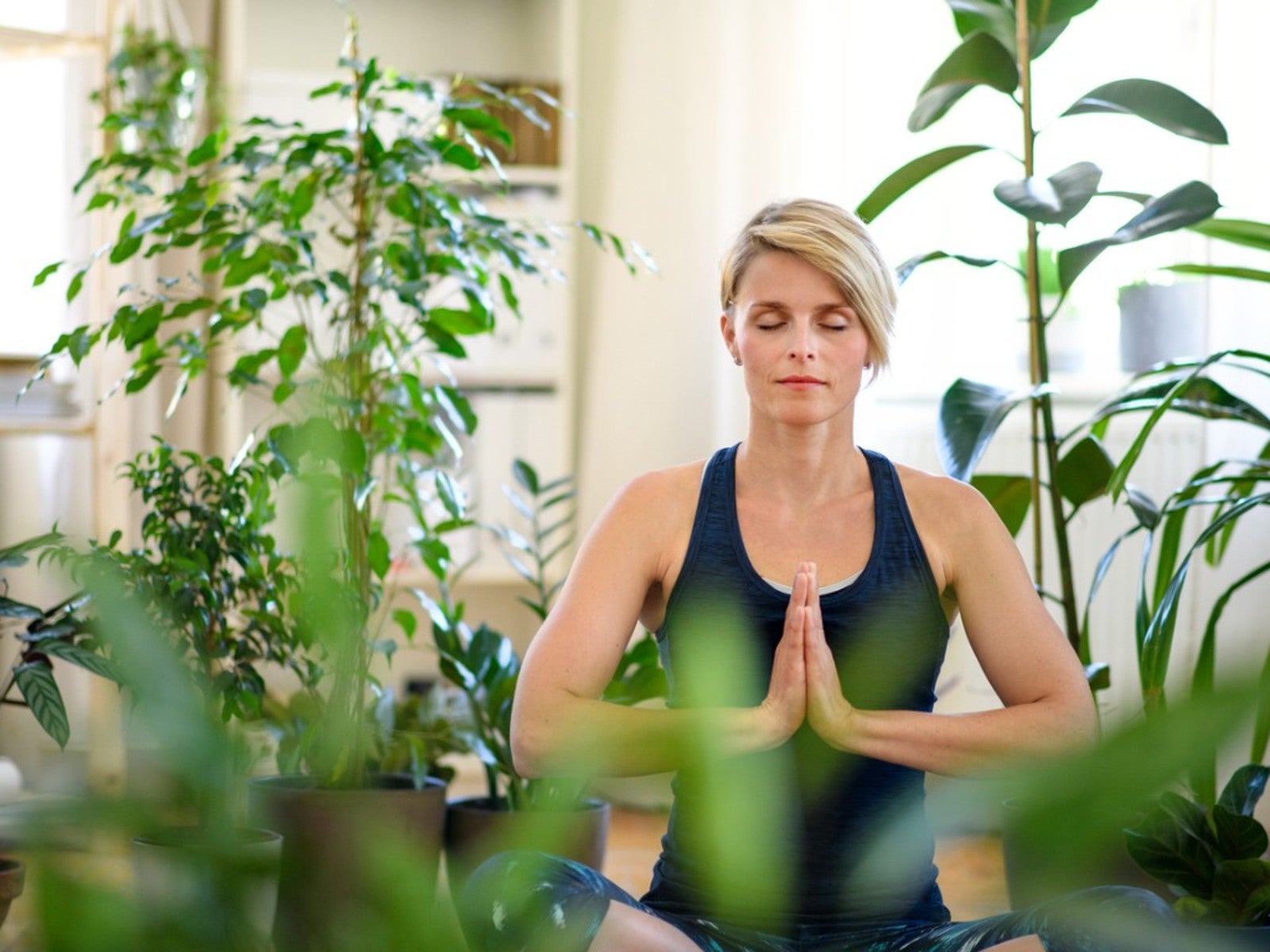 Relaxing Plants To Grow Indoors For A Calmer Mind
Relaxing Plants To Grow Indoors For A Calmer MindAre there houseplants that can help you to relax? Click here to find out.
By Laura Miller